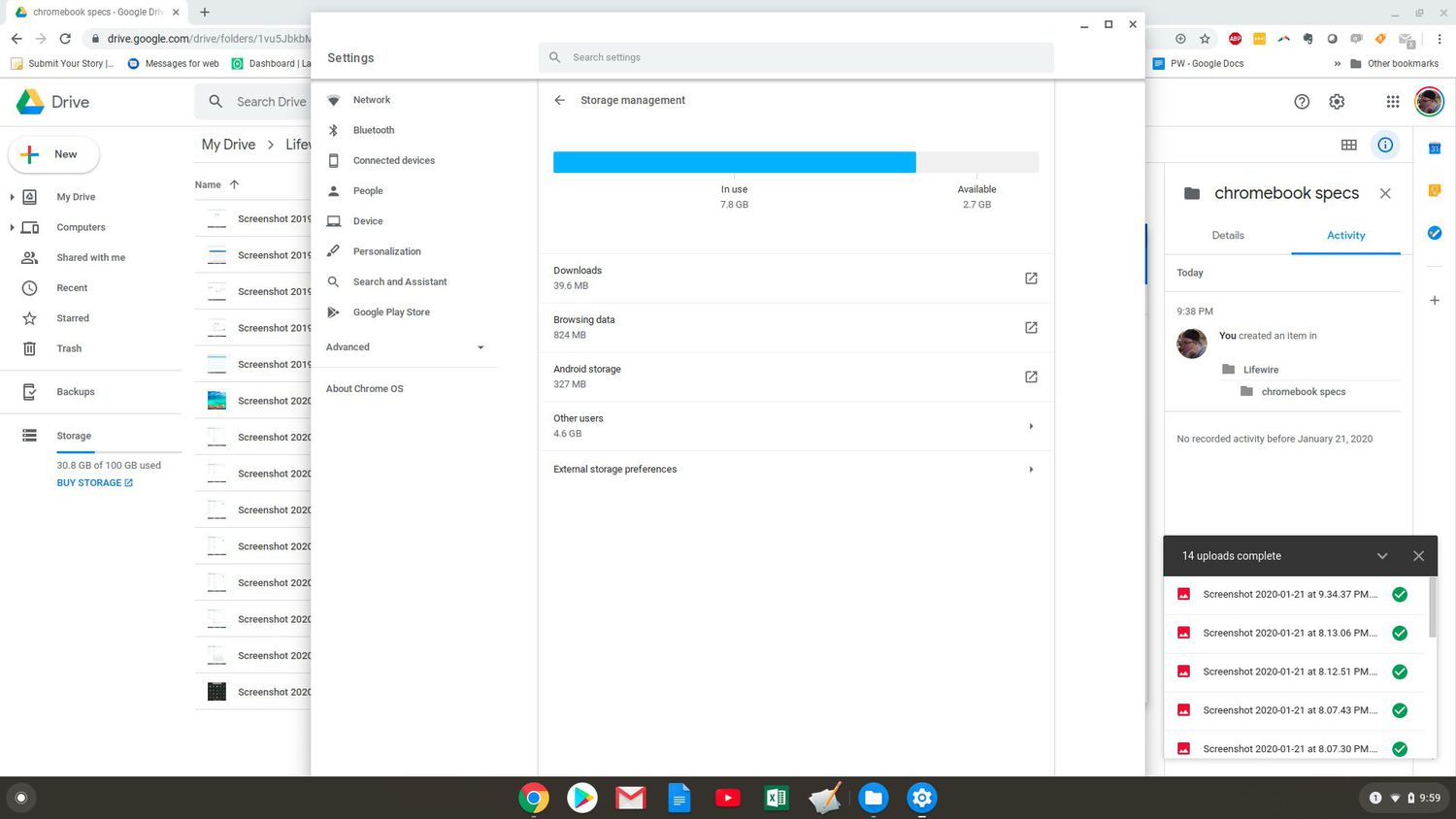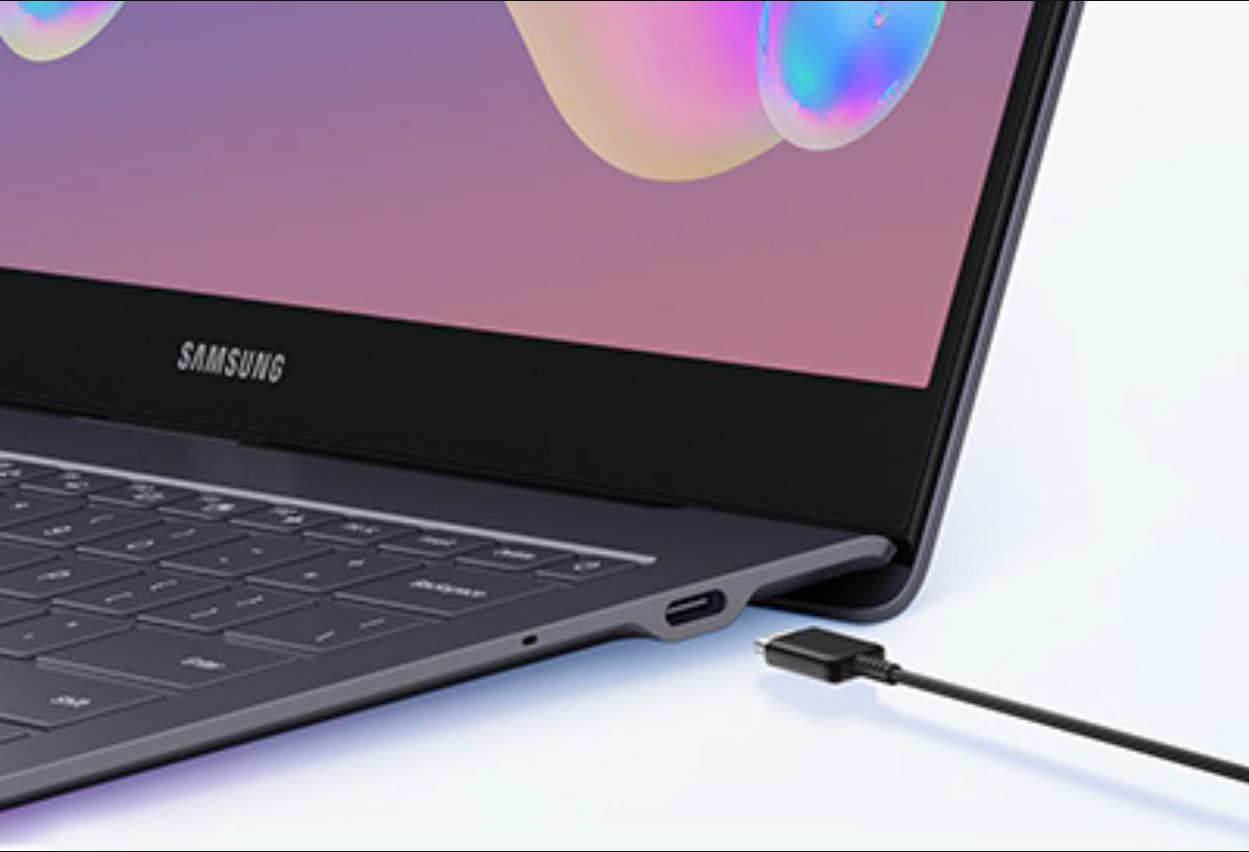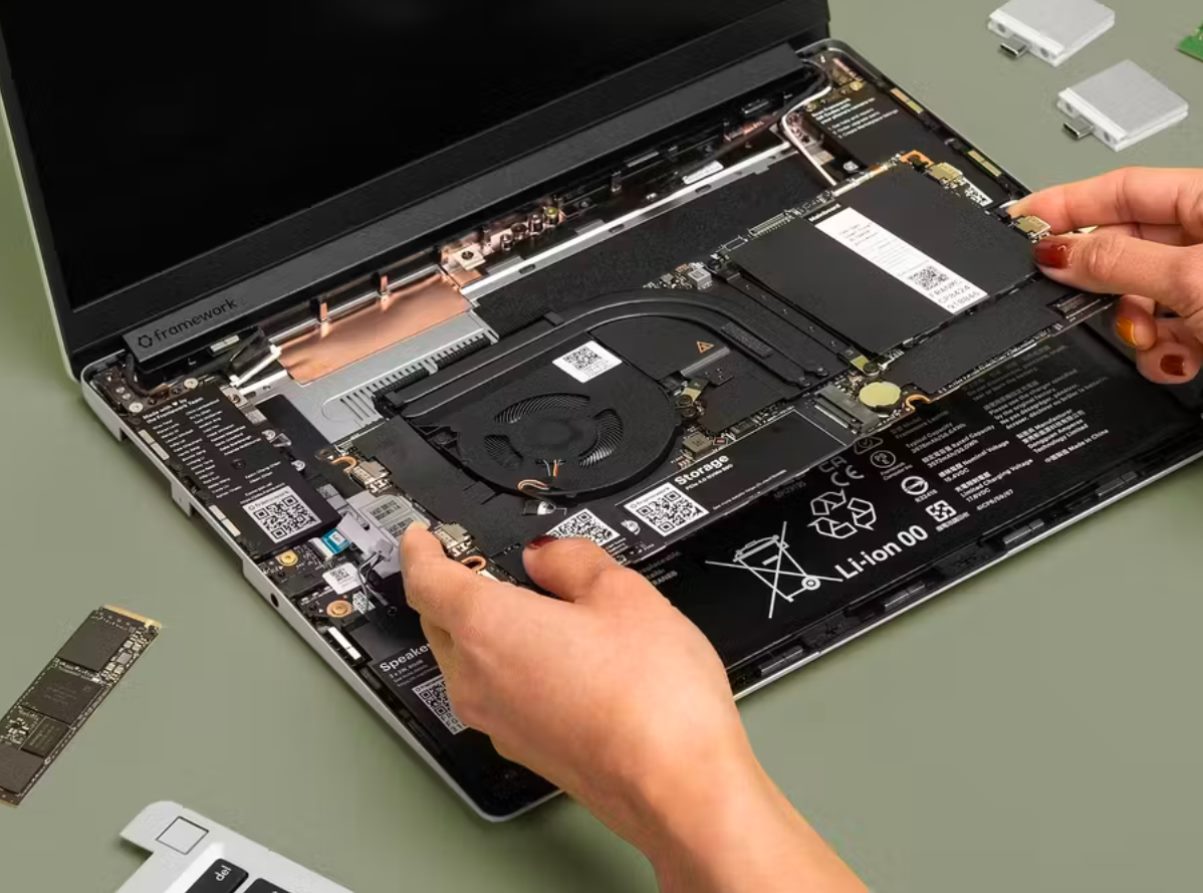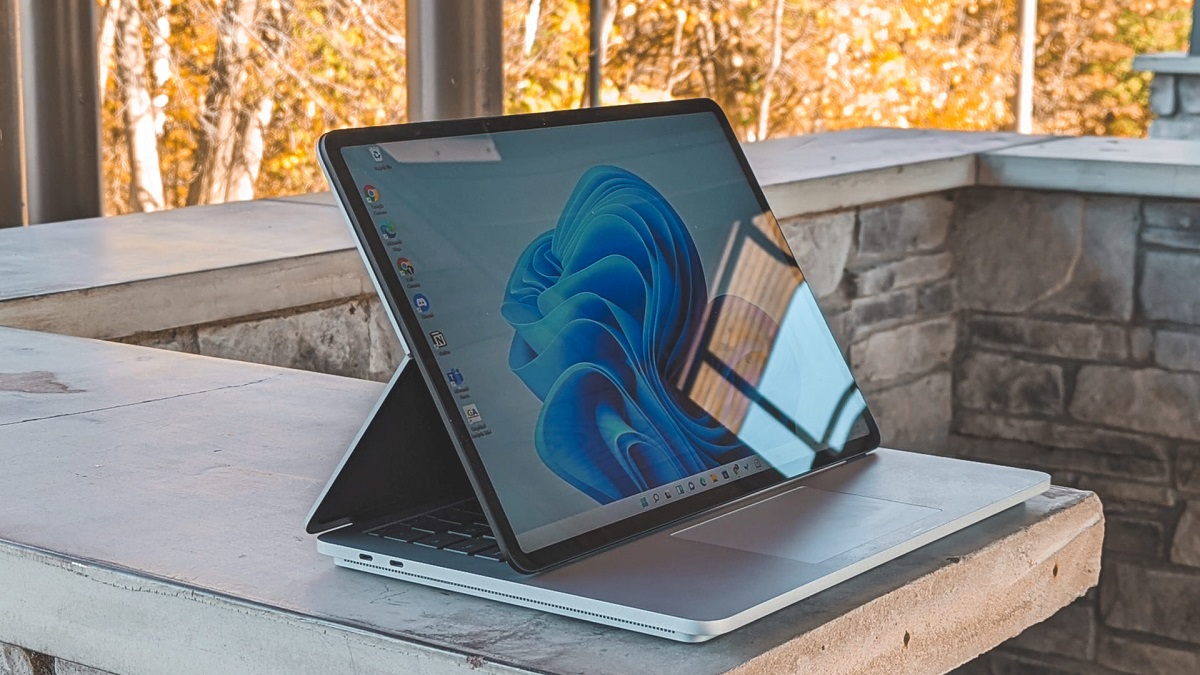Intro
When it comes to checking the specifications of your Chromebook, you may find yourself wondering where to start. Whether you need to know the processor speed, RAM capacity, or storage space, having this information on hand can be crucial for troubleshooting issues or deciding whether certain software is compatible with your device.
Fortunately, there are several methods available to check the specs on your Chromebook. In this article, we will explore four simple and effective ways to access the detailed specifications of your device. Whether you prefer using the Chromebook settings, navigating to the Chrome OS version, visiting the manufacturer’s website, or relying on third-party apps, you’ll find a method that suits your needs.
By knowing how to check the specs on your Chromebook, you can make informed decisions about your device and ensure that it meets your requirements. So, let’s dive into the various methods and explore how you can easily access the specifications of your Chromebook.
Method 1: Using the Chromebook Settings
One of the simplest ways to check the specs of your Chromebook is by accessing the device’s settings. Here’s how you can do it:
- Start by clicking on the clock in the bottom right corner of your Chromebook’s screen. This will open the system tray.
- Click on the gear icon to access the settings menu. Alternatively, you can type “settings” in the search bar and select the first result.
- In the settings menu, scroll down and click on the “About Chrome OS” option. This will display detailed information about your Chromebook.
- In the “About Chrome OS” section, you will find essential specifications such as the device’s model name, processor information, RAM capacity, and storage details.
- For more detailed information, click on the “Detailed build information” link. This will provide you with additional details about the system software and firmware versions.
Using the Chromebook settings is a quick and convenient method to check the basic specifications of your device. It allows you to access information such as the model name, processor, RAM, and storage without the need for additional tools or software.
However, please note that the settings menu may not provide you with in-depth technical specifications. If you require more detailed information or specific hardware details, you may need to use other methods discussed in this article.
Method 2: Using the Chrome OS Version
Another way to check the specs of your Chromebook is by accessing the Chrome OS version. Here’s how you can do it:
- Click on the clock in the bottom right corner of your Chromebook’s screen to open the system tray.
- Click on the gear icon to access the settings menu or search for “settings” in the search bar and select the first result.
- In the settings menu, scroll down and click on the “About Chrome OS” option.
- Under the “About Chrome OS” section, you will find the “View detailed version information” link. Click on it to open the Chrome OS version details.
- In the Chrome OS version information, you will see the current version of Chrome OS installed on your device.
- Click on the “Additional details” link to access more specific information about the Chrome OS version.
Checking the Chrome OS version can be helpful if you need to ensure your device is running the latest software or if you’re troubleshooting compatibility issues with certain applications. Although it does not provide hardware specifications, it gives you crucial information about the operating system that powers your Chromebook.
Keep in mind that the Chrome OS version may vary from one device to another, depending on the manufacturer and the update cycle. It’s always a good idea to keep your Chromebook updated to benefit from the latest features, security enhancements, and bug fixes.
Method 3: Using the Chromebook Manufacturer’s Website
If you’re looking for detailed specifications or specific hardware details about your Chromebook, visiting the manufacturer’s website is a reliable option. Follow these steps:
- Identify the manufacturer of your Chromebook. Common manufacturers include Acer, Asus, Dell, HP, Lenovo, and Samsung.
- Open a web browser on your Chromebook and search for the official website of the manufacturer.
- Once on the website, navigate to the support or product page.
- Find the section dedicated to Chromebooks or laptops and locate your specific model.
- On the product page, you should find detailed specifications such as the processor type and speed, RAM capacity, storage capacity, and display resolution.
- Some manufacturer websites may provide additional information like battery life, ports, and warranty details.
Using the manufacturer’s website is ideal for obtaining comprehensive and accurate information about your Chromebook’s specifications. The detailed specifications listed on the website allow you to determine the specific hardware components of your device and compare them to the requirements of software or peripherals you intend to use.
It is important to note that while most manufacturers provide detailed specifications, the layout and availability of information may vary. Some manufacturers may offer downloadable user manuals or product guides that contain detailed technical specifications.
By visiting the manufacturer’s website, you have access to the most up-to-date and accurate information, ensuring you have a complete understanding of your Chromebook’s capabilities and limitations.
Method 4: Using Third-Party Apps
If you prefer a more convenient and comprehensive way to check the specs of your Chromebook, you can rely on third-party apps designed specifically for this purpose. Here’s how you can do it:
- Open the Chrome Web Store on your Chromebook.
- Search for “system information” or “hardware info” apps.
- Review the available apps and select one that has positive reviews and a high rating.
- Click on the app to install it on your Chromebook.
- Once installed, open the app from the app launcher.
- The app will provide you with detailed information about your Chromebook’s hardware and software components, including the processor, RAM, storage, and other specifications.
Using third-party apps can be convenient if you want to quickly access comprehensive specifications in one place. These apps provide a user-friendly interface and often include additional information, such as battery health, temperature, and network details.
While third-party apps can be useful, it’s essential to exercise caution and choose reputable apps from trusted developers to ensure the security and privacy of your data. Reading reviews and checking the app’s permissions before installation can help you make informed decisions.
Additionally, keep in mind that third-party apps may not always provide the most accurate or up-to-date information, as they rely on system APIs and software detection methods. Cross-referencing the information obtained from apps with other methods, such as the Chromebook settings or manufacturer’s website, can help ensure accuracy.
Overall, third-party apps offer a convenient alternative for checking your Chromebook’s specifications, providing you with a comprehensive overview of your device’s hardware and software components.
Conclusion
Checking the specifications of your Chromebook is essential for troubleshooting, software compatibility, or making informed purchasing decisions. By utilizing the various methods outlined in this article, you can easily access detailed information about your device’s hardware and software components.
The Chromebook settings offer a quick and straightforward way to view basic specifications such as the model name, processor, RAM, and storage. However, for more comprehensive information, you can turn to the Chrome OS version details, which provide insights into the operating system running on your device.
Looking up the manufacturer’s website is a reliable method to obtain detailed specifications and specific hardware details about your Chromebook. By visiting the official website, you can access up-to-date and accurate information that enables you to understand your device’s capabilities and limitations.
If convenience is a priority, utilizing third-party apps designed for system information and hardware details can provide a comprehensive overview of your Chromebook’s specifications in one place. However, remember to choose reputable apps and cross-reference information for accuracy.
Regardless of which method you choose, having a clear understanding of your Chromebook’s specifications empowers you to make informed decisions about software compatibility, troubleshooting issues, and ensuring optimal performance from your device.
So, the next time you need to check the specs on your Chromebook, use one of these methods to access the information you need. Knowing the hardware and software details of your device can enhance your experience and enable you to make the most of your Chromebook’s capabilities.

























